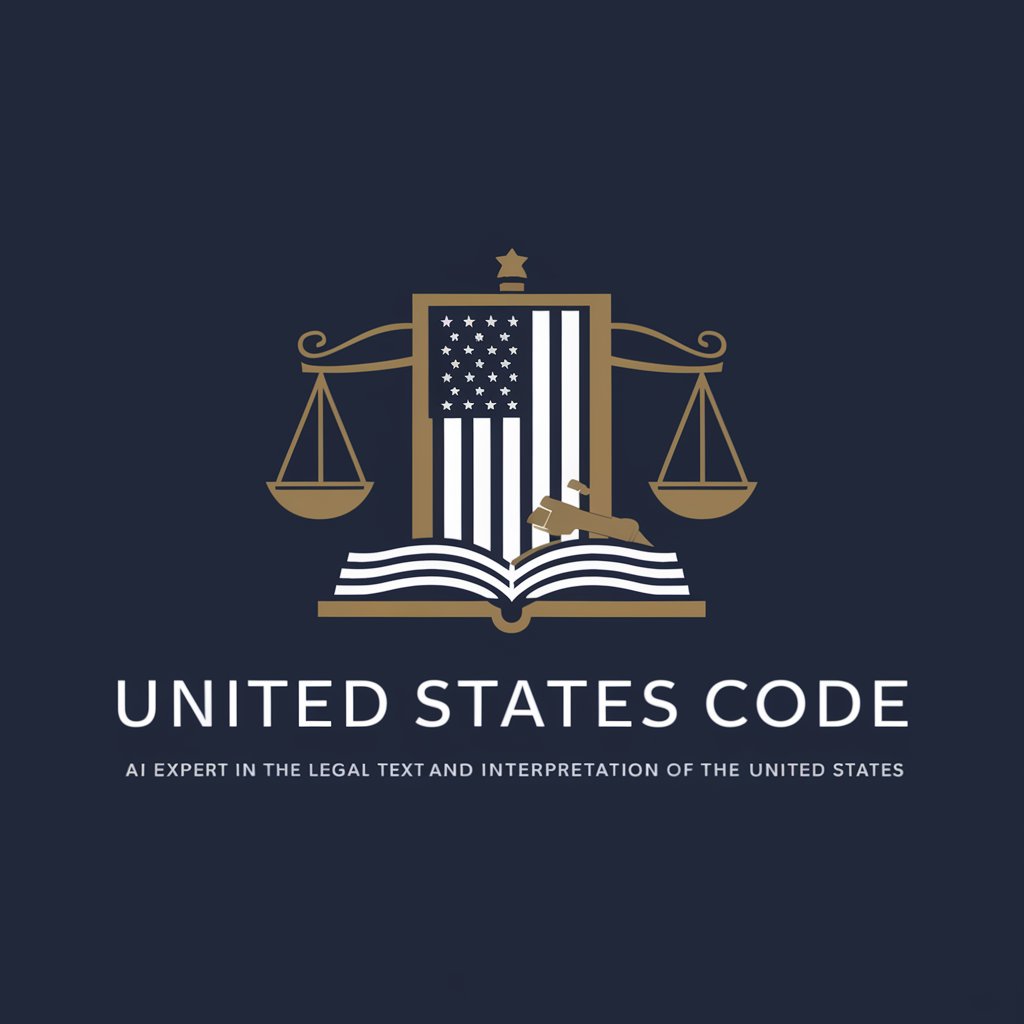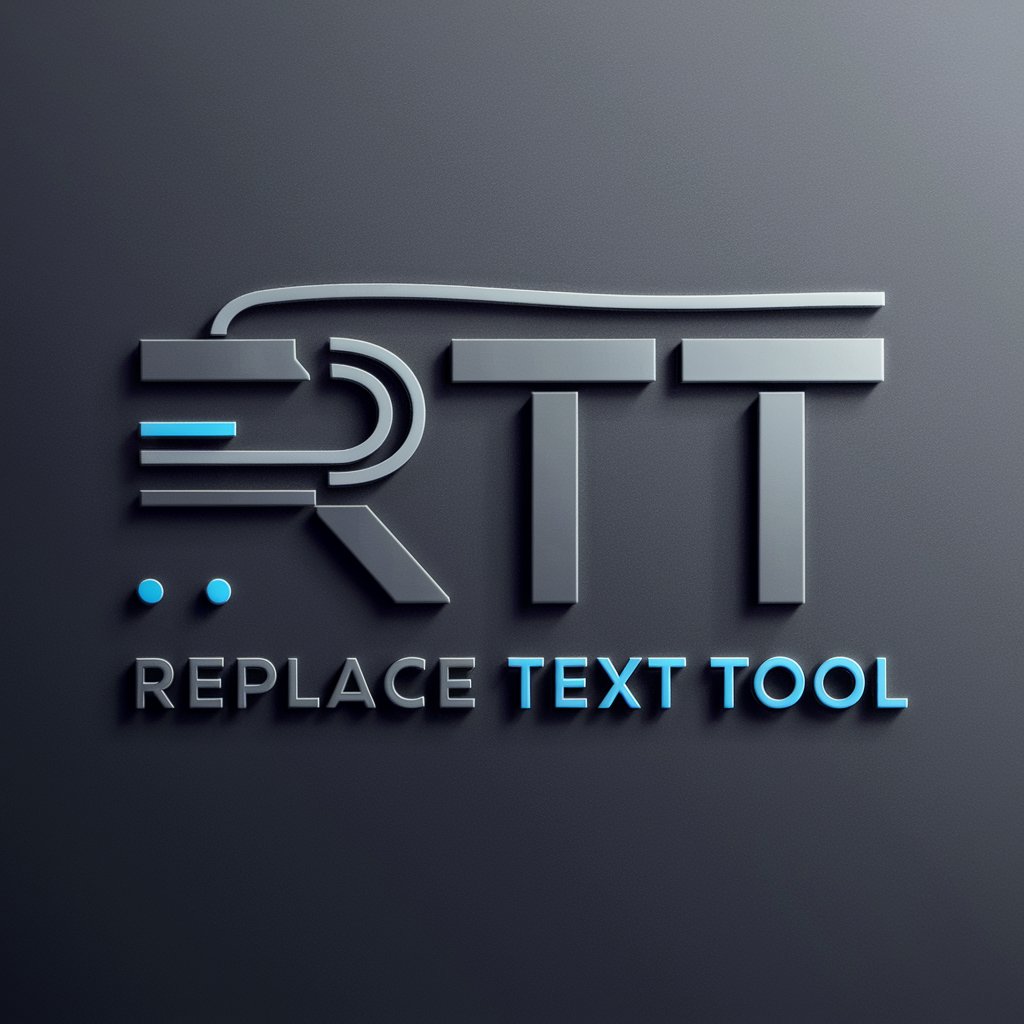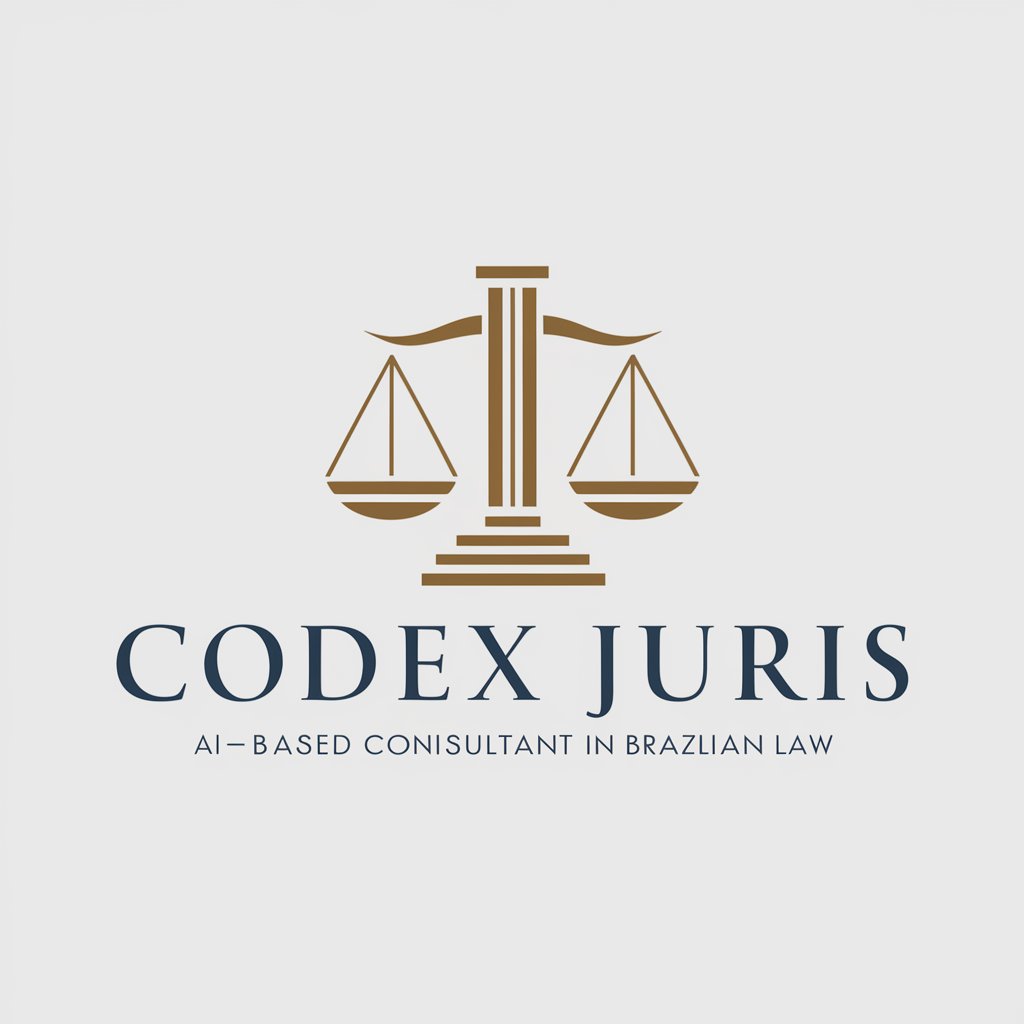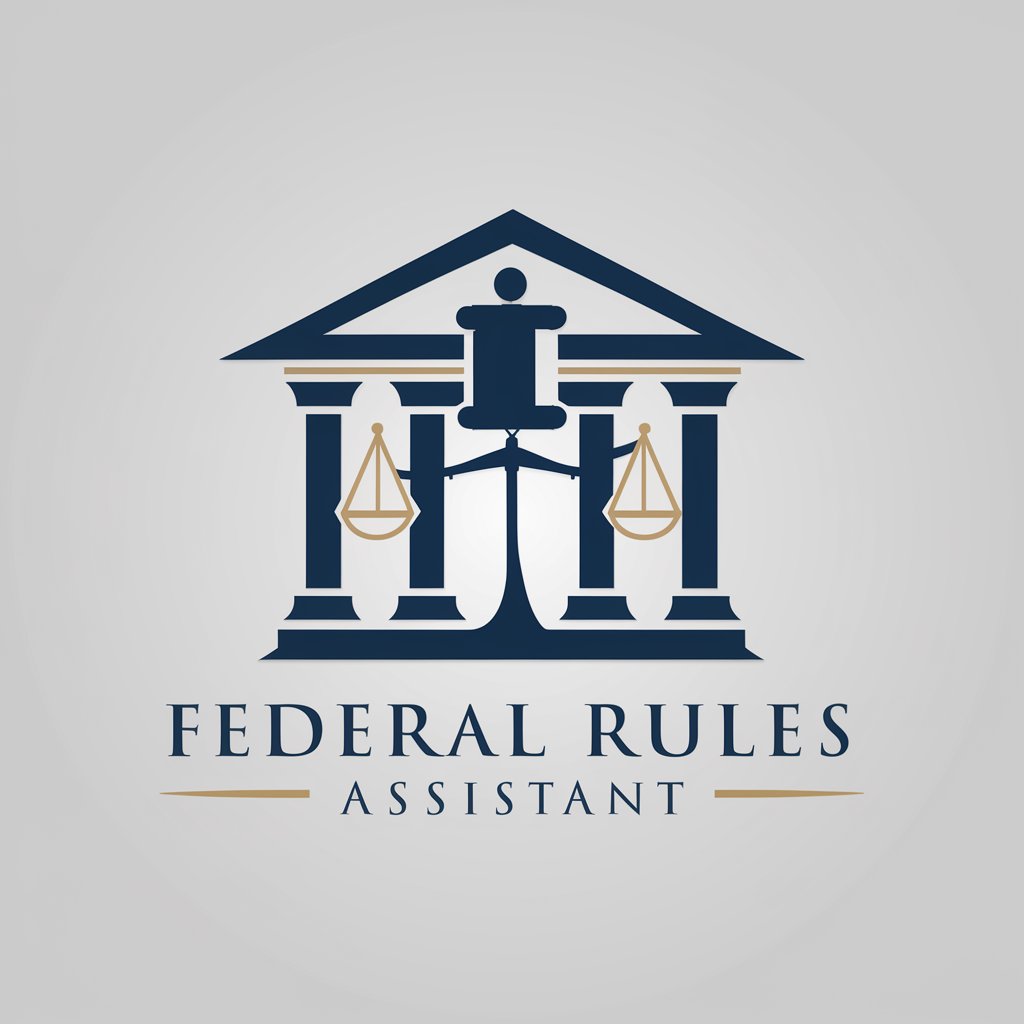
United States Code - U.S. Law Reference Tool

Hello, how can I assist you with federal legal information today?
Deciphering Law with AI
What is the interpretation of 18 U.S. Code § 1951?
Can you explain the provisions of 26 U.S. Code § 61?
Provide details about the Federal Tort Claims Act.
How does 42 U.S. Code § 1983 apply in this scenario?
Get Embed Code
Overview of United States Code
The United States Code (U.S. Code or USC) is the codification by subject matter of the general and permanent laws of the United States. It is organized into titles based on subject areas and formally enacted by Congress, designed to simplify the process of finding and utilizing the current law. The U.S. Code does not include regulations issued by executive branch agencies, decisions of the Federal Judiciary, or laws applicable to cities or states. Key features include a systematic collection of all federal statutes at large, a consolidation that organizes these laws into groups by similar topics (titles). For example, Title 18 concerns Crimes and Criminal Procedure, Title 26 covers the Internal Revenue Code, and Title 42 addresses Public Health and Welfare. Powered by ChatGPT-4o。

Core Functions of United States Code
Legal Reference
Example
A legal researcher wants to understand the federal statutes related to environmental policy. They use the U.S. Code to find relevant laws under Title 42, which covers The Public Health and Welfare, including environmental regulations.
Scenario
In preparing for a court case, a lawyer references Title 42 to consolidate their arguments regarding environmental violations by a corporation.
Educational Resource
Example
A professor of law utilizes the U.S. Code to teach students about federal tax obligations, focusing on Title 26, which houses the Internal Revenue Code.
Scenario
During a university law course, the professor uses specific sections from Title 26 to explain tax evasion penalties and the calculation of income tax.
Policy Formulation and Analysis
Example
Government policymakers use the U.S. Code for drafting new federal laws or amendments. They consult various titles to ensure new laws align with existing legal frameworks and to avoid conflicts.
Scenario
A policy team revises healthcare regulations by referencing Title 42 to ensure new policies complement existing health laws without redundancy or contradiction.
Legal Compliance and Consultation
Example
Corporations consult the U.S. Code to ensure compliance with federal laws, such as labor laws under Title 29 (Labor), to avoid legal repercussions.
Scenario
HR professionals conduct a compliance audit by reviewing employment practices against the standards set out in Title 29, thereby mitigating the risk of legal challenges from employees.
Target User Groups of United States Code
Legal Professionals
Lawyers, judges, and paralegals are primary users, as the U.S. Code serves as a definitive source of statutory law necessary for litigation, legal research, and case preparation.
Academic Institutions
Professors and students in law schools benefit from direct access to the U.S. Code for educational purposes, classroom instruction, and academic research.
Government Officials
Policymakers, legislators, and regulatory agency staff use the U.S. Code to draft, review, and implement new laws and regulations. Familiarity with the Code helps ensure that new initiatives are legally sound and effectively integrated into the existing body of federal law.
Business Entities
Corporate counsel and compliance officers rely on the U.S. Code to navigate federal requirements, ensuring that business operations align with federal statutes like those governing taxation, employment, and environmental responsibility.

Guidelines for Using United States Code
Access the tool
Start by visiting yeschat.ai for a complimentary trial without the need for logging in or subscribing to ChatGPT Plus.
Identify your section
Use the search feature to locate specific sections of the U.S. Code you are interested in. You can search by title, section number, or keywords.
Utilize advanced search
Leverage advanced search options to refine your results, such as searching within specific titles or chapters for more precise information.
Analyze the content
Review the structured presentation of the statutes, which includes annotations, historical notes, and references to case law to better understand the legal framework.
Explore related resources
Make use of linked resources for a deeper dive, such as related statutes, amendments, or proposed legislation that impacts the section you are studying.
Try other advanced and practical GPTs
UNITED KINGDOM 🇬🇧
Empowering UK journeys with AI

Replace Anything
Transform Any Content Seamlessly

Will AI Replace Me?
Assess Your AI Displacement Risk

Jobs Replaced by AI
Navigating the AI Workforce Revolution

Replace Text Tool
Empower Your Edits with AI

Replacement Parts
AI-Driven Part Matching and Sourcing

Nurses United
Empowering Nurses through AI

Movie Critic
Analyzing cinema through AI-powered insights

Movie Time!
Discover Movies with AI Precision

Buy From China
Navigate Taobao with AI-Powered Ease

Quotes from Great Minds
Discover Wisdom with AI

Copy Crafter
Crafting Your Story with AI

Detailed Q&A on United States Code
What is the United States Code?
The United States Code is a compilation of the general and permanent federal statutes of the United States. It organizes the laws by broad subjects into 53 titles and is updated periodically as new laws are enacted.
How can I find information about specific amendments in the U.S. Code?
To find information about specific amendments, you can use the search function to locate the original statute that was amended. The text will typically provide links to the amending legislation and detail the changes made.
Are there tools available to help understand complex legal language in the U.S. Code?
Yes, tools such as legal dictionaries and cross-referenced case law can be accessed directly through this platform. These tools help decode complex legal terms and provide contextual understanding of the statutes.
Can I use United States Code for academic research?
Absolutely, the United States Code is a valuable resource for academic research in law, political science, and related fields. It provides authoritative texts of the laws necessary for scholarly analysis and citation.
How often is the United States Code updated?
The United States Code is updated periodically through supplements that incorporate new laws and amendments. The online version available here is updated regularly to reflect the most current legal framework.





